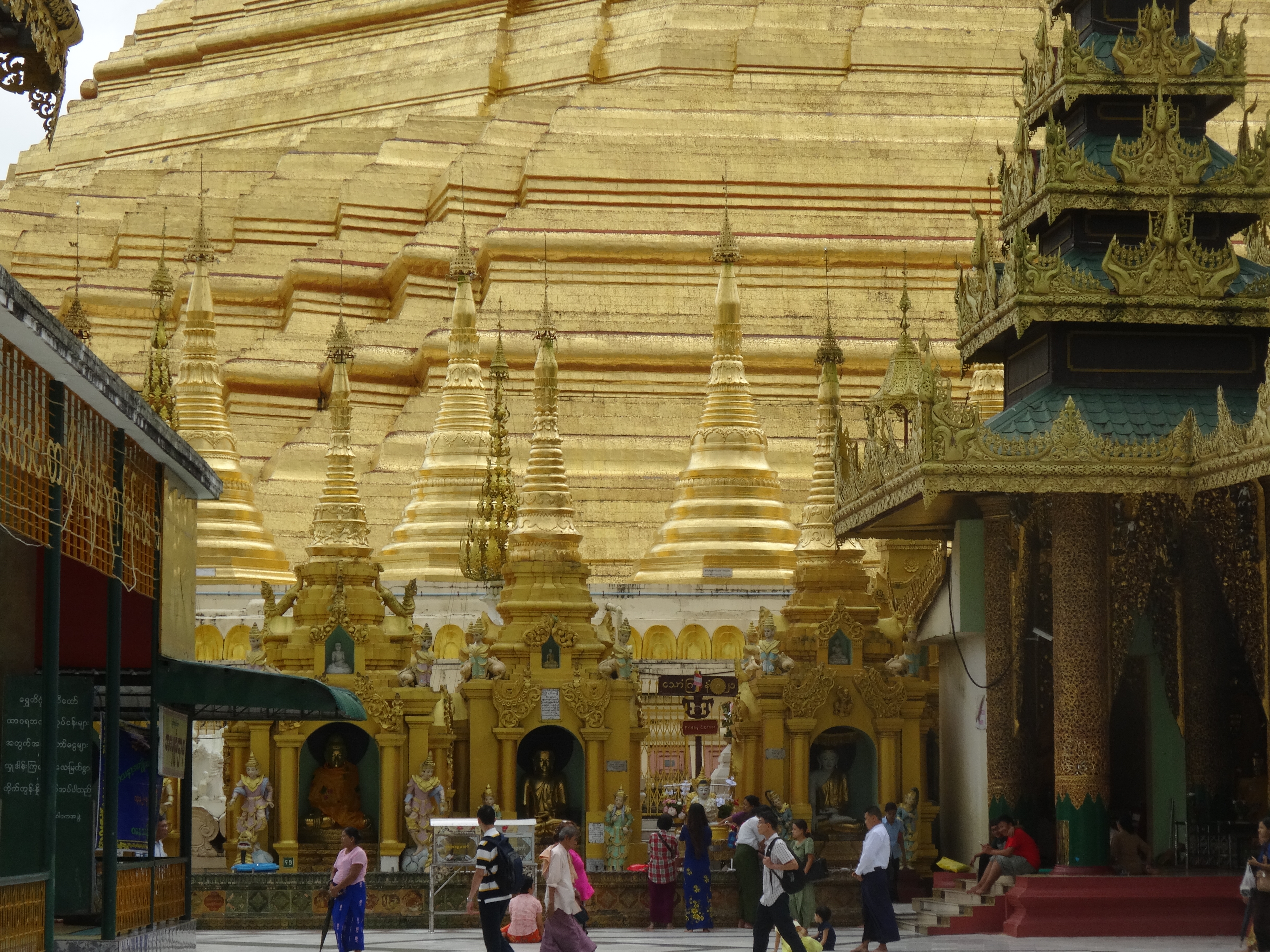Posted on the website of the International Sociological Association, February 23, 2016
Religion has always been global, in the sense that religious communities and traditions have always maintained permeable boundaries. They have become part of the global transportation of peoples, producing diaspora communities that assimilate elements of the cultures with which people interact. They are also an element of the transnational diffusion of cultural practices and ideas, and for this reason Max Weber characterized certain traditions such as Buddhism, Islam and Christianity as universal religions of salvation.
But religious expressions can also be responses to new situations, to the globalized, multicultural environments in which people express their spirituality and moral integrity in novel shared ways. It is this kind of global religion that may be the harbinger of the future, the religiosity of a global community.
In an interesting essay written shortly before his death in 2013, American sociologist Robert Bellah ruminated over the possibilities of a global civil religion for a Luce Foundation-supported project on Religion in Global Civil Society that I directed. His ideas were presented at one of our seminars at Santa Barbara and are summarized in a chapter of the book based on that project, God in the Tumult of the Global Square: Religion in Global Civil Society, co-written by Dinah Griego, John Soboslai, and myself, and published by the University of California Press in 2015.
Bellah’s Santa Barbara paper begins where his famous essay, “Civil Religion in America,” ends, with the possibility of what Bellah calls “a world civil religion.” Bellah, quoting his own words in “Civil Religion in America,” says that the time has come to consider global society as containing the elements of “a viable and coherent world order.”
Moreover, the cultural dimension of such a world order requires “a major new set of symbolic forms.” This sounds like he is anticipating a global religion, though in the earlier essay he did not go into any detail about what these “symbolic forms” might be, and how they would relate to traditional religion. His 2012 reflections in Santa Barbara began to elaborate on these two cryptic statements.
How could a global civil religion be constructed? As we interpret Bellah’s essay, he argued that there are at least three possibilities. One would be a kind of synthesis of some of the moral and spiritual elements of all the religious traditions of humankind such as Christianity, Islam, and the like, or if not a synthesis at least a repository of their shared values. The second would be as an extension of the civil religions of America, Russia, and other national societies. The third would be an expression of an emerging new global culture.
While Bellah focuses on the third—the embryonic cultural aspects of a new global society—he does talk about the possibility of traditional religion and nationalist civil religions participating in this emerging culture. All of this sounds optimistic, but Bellah was not by nature an optimist. For one thing, he saw the difficulties in getting parochially-minded people to look beyond their local and national interests to the profound economic, environmental, and social problems that confront humanity on this planet, and which might unite them morally into a global civil society. For another, he saw the possibility that the notion of common global identity and purpose could be formed around functional and utilitarian economic interests rather than moral and social concerns.
Bellah argued that the emergence of a global religion would be consistent with the history of religion, which has largely been a single story. His magesterial 2011 book, Religion in Human Evolution, charts the development of religiosity across the centuries as a single evolving planetary phenomenon, albeit one that is expressed in particular cultural identities such as Hinduism, Judaism, and Chinese. But the singularity of the world’s religious culture is not the same thing as global civil religion, Bellah argues, since this new kind of global religion is the expression of the new phenomenon of global civil society, the idea of a shared sense of citizenship. This is a recent notion, and the possibilities of a global religion in this sense, as an expression of global civil society, is just now emerging.
Bellah concludes his paper by saying that he is convinced that “religious motivation is a necessary factor” in transforming the growing global moral consensus into effective forms of civil society. He engages with Habermas in envisioning the possibility of world law and global governance that will be created in response to an “actually existing global civil society.” This will be the bases of the shared experiences that constitute on a global scale the civil religion of national societies, one that uniquely expresses the character of the emerging global community but that also has “a spiritual dimension drawing from all the great religions of the world.”

